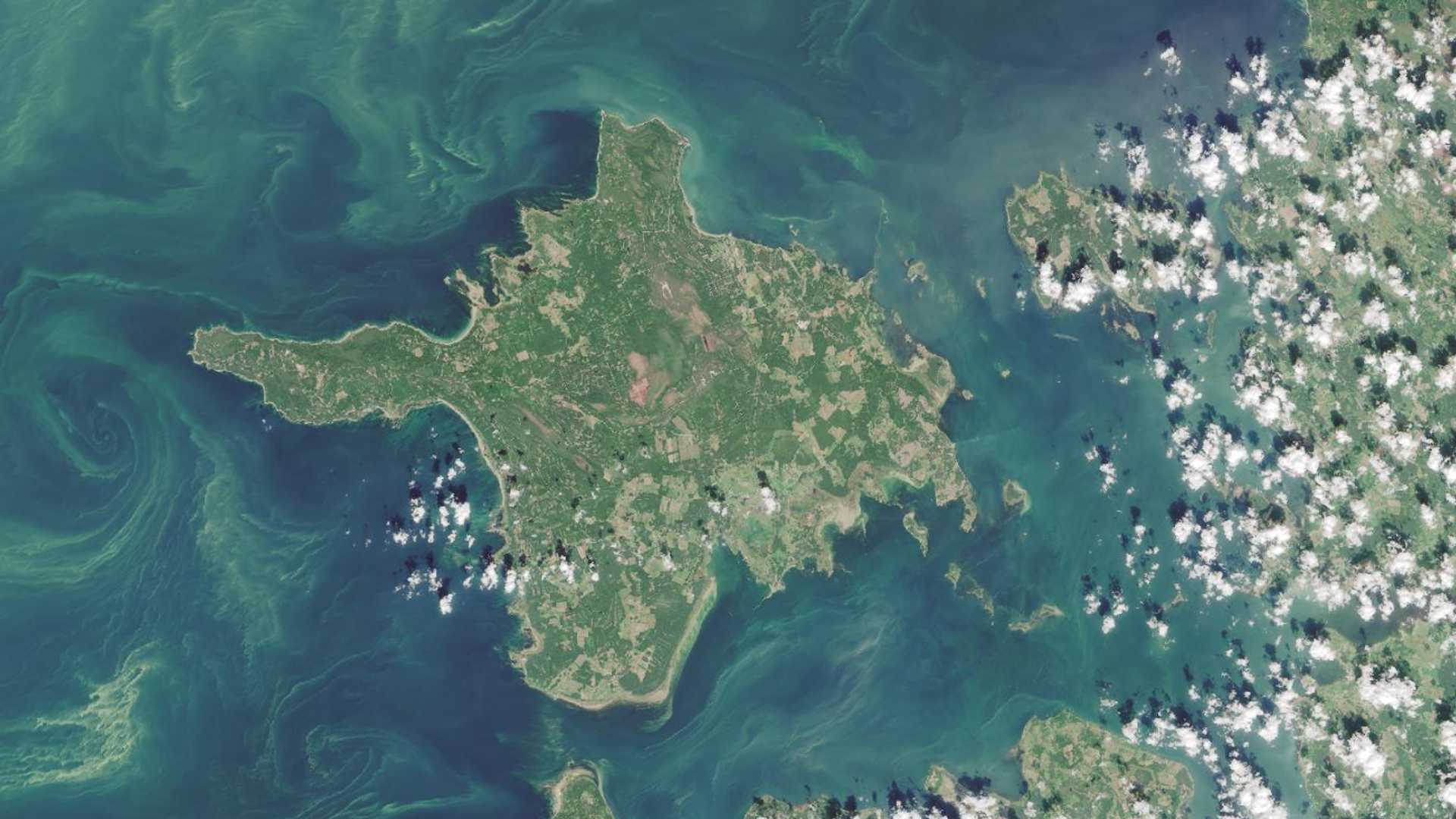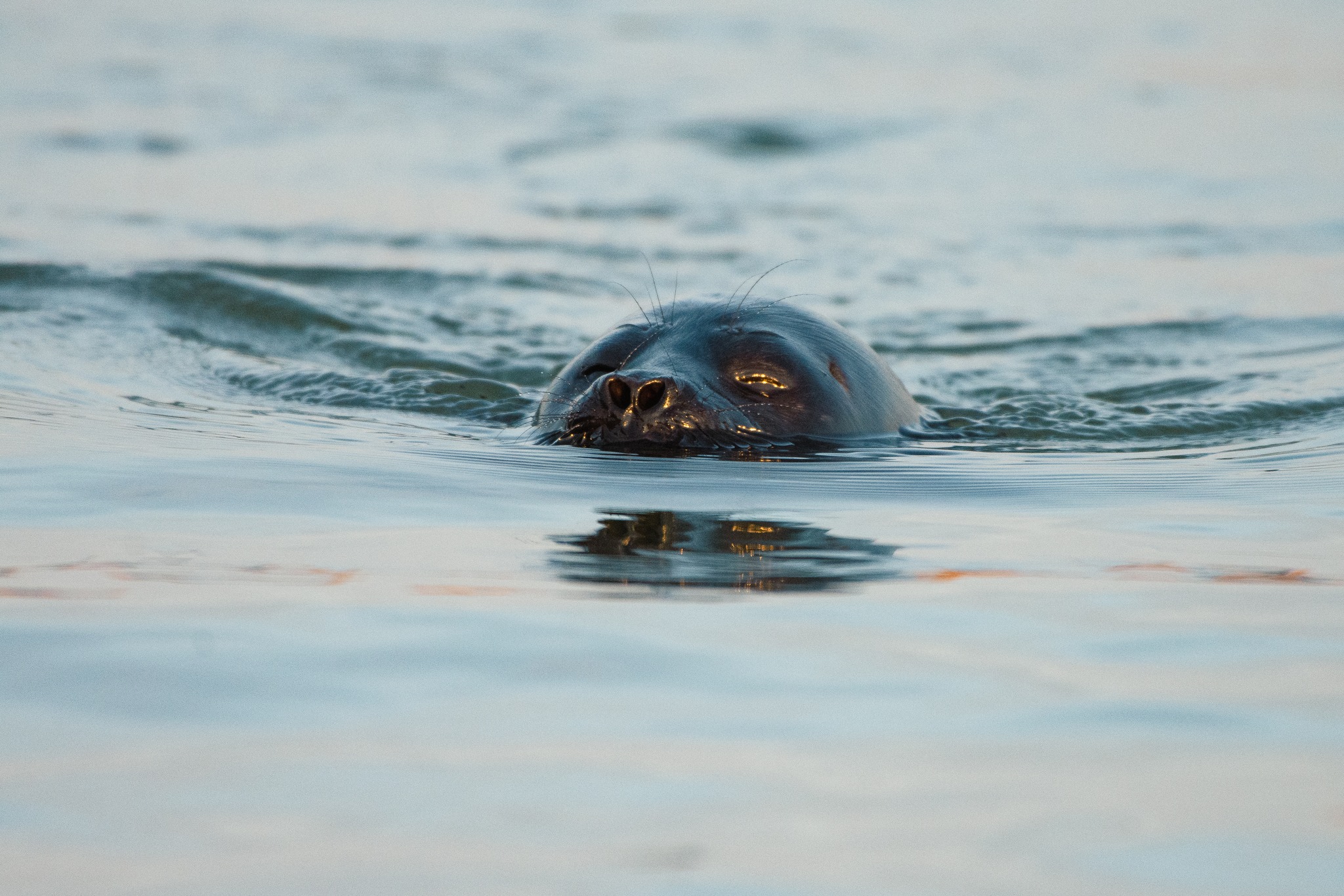This type of algae also develops a putrid smell when it breaks down at the end of its life cycle. If the sight of it doesn't deter you from swimming, then its texture and smell definitely will.
Across Estonia in the summer of 2020, on the Baltic Sea and inland bodies of water like Peipsi järv (Lake Peipus), incidences of algal blooms brought swimming to a grinding halt. ERR reported that red flags had gone up at the beaches of Pirita, Stroomi, Kakumäe, and Haabneeme; declaring that swimming wasn't allowed at that time due to the risks associated with swimming in contaminated water.
Tiia Luht, the head of the southern district of the Terviseamet (Estonia's Health Board) said that seven species of cyanobacteria were discovered on the western shore of Peipsi järv. At the time, Luht said “there is reason to believe the entire western shore of Lake Peipus has been affected.” In 2019, Pärnu beach was another location affected by this issue; and in each of these occasions, increasing summer water temperatures and less turbulent weather have been determined as causes. A water temperature between 16 and 17 degrees Celsius is an ideal starting point for algae growth.
Fertilizer runoff from agriculture and sewage from cities and ferries is also a cause, due to the way it increases the input of phosphorus and nitrogen. In June 2015, approximately 150,000 cubic metres of sewage was emitted into the Baltic Sea per day from the Russian city of Kaliningrad. This was because the city was using infrastructure from 1928 that didn't facilitate treatment. By the end of that year, a treatment plant was completed, to counter the daily waste output and improve the situation in the Baltic Sea. Some of the financing came from international organizations, including European Bank for Construction and Development.
But this is a struggle that needs to be overcome across the Baltic shores and the whole world. In July 2020, Laurensons Lake and Thunder Lake, two lakes in northwest Ontario, were confirmed as having blue-green algal blooms, requiring further examination for toxins. In 2019, blooms were found on Lake Superior, outside of Thunder Bay.
In all such incidents, regardless of whether it might be caused by warmer water or pollution, authorities ask for people to report it when they see it, to increase awareness and so that action to be taken.
Though it photosynthesizes and produces oxygen during the day, blue-green algae can consume oxygen in water by night, resulting in fish and even whales dying. When blue-green algae decomposes, other bacteria that eats it up consumes oxygen, too.
Consumption of cyanobacteria toxins in water can be fatal for livestock and pets. For humans, exposure to the toxins causes eye and skin irritation, nausea, headaches, fever, and liver damage, to name a few symptoms. Not all cyanobacteria contains toxins, and the toxins do dissipate after several weeks if they are present; but perceiving this requires more analysis than simply looking at the water. This is why caution is strongly advised.
What's most interesting is that blue-green algae has been around long before we ever worried about what harm it would do to us. In fact, these single-celled cyanobacteria, or blue-green algae, are part of what has made Earth inhabitable for us in the first place. 2.4 billion years ago, cyanobacteria triggered the Great Oxidation Event, which eventually resulted in the evolution of organisms that we see today. Organisms that are dependent on oxygen to live. What's more, the chloroplasts in plant cells that allow for photosynthesis, are cyanobacteria.
What can be done then, to address the imbalance of cyanobacteria, that are a little too successful and productive in these various water sources? Dr. B. Maršálek from Masaryk University and Dr. R. Zbořil from Palacký University Olomoucin in Czechia have experimented with the introduction of “nanoparticles of elemental iron.” The use of potassium ferrate is also claimed to eliminate cyanobacteria with low toxicity to fish.
Is it wishful thinking to wonder if engineers could harness non-toxic blue-green algae into something useful? Algae of this variety that's grown under supervision has already used for supplements designed to reduce high blood pressure, though its effectiveness is not universally recognized.
Red algae, conversely, has been and continues to be used as a fertilizer for crops. It's used for creating red dyes. Working with researchers from Tallinn University, Berit and Janno Joosep of the cosmetics company Berrichi produced a line of creams formulated with astaxanthin and furcellaria antioxidants from red algae.
There is an educational paradox to be found in algae, in that something so instrumental to our origins can now be a bother, but once again become more useful the more we understand it.
This article was written by Vincent Teetsov as part of the Local Journalism Initiative.




